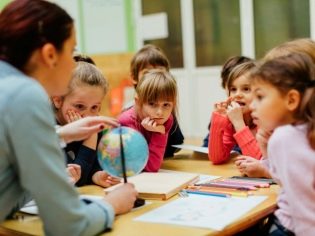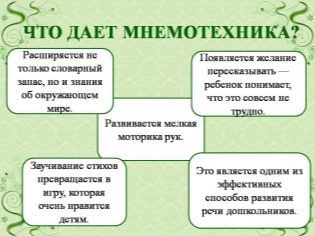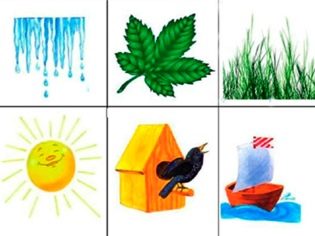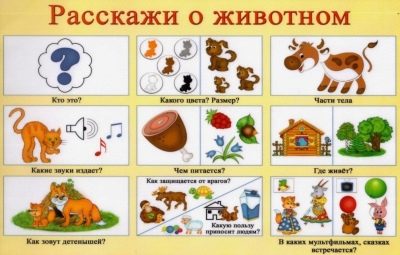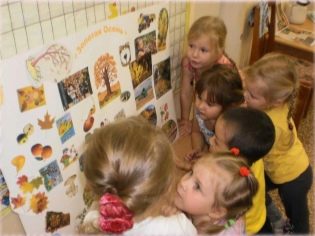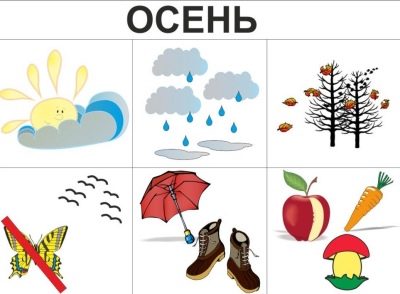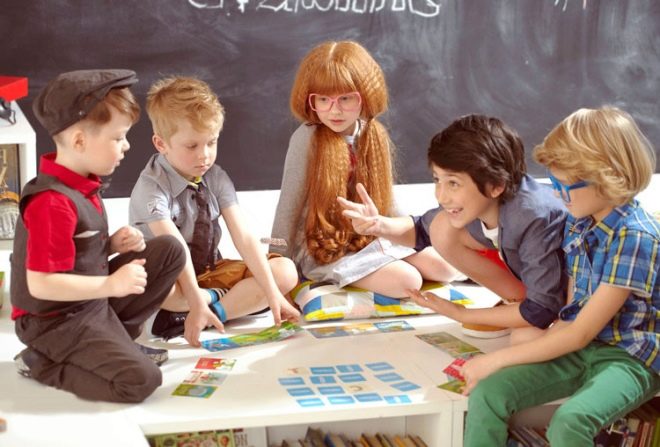Features of memory technology in teaching preschoolers
For children of preschool age, one of the most important priorities is cognitive speech development. The success of his further education will directly depend on the level that the child will master before the school. At the moment, in preschool there is actively used mnemonics for preschoolers.
The article will describe the essence of this system, its methods and techniques.
What it is?
This developmental technology got its name from the ancient Greek goddess Mnemosyne, who was considered the patroness of memory and intelligence. Depending on the complexity, the exercises are designed for children of 3-4 years old, pre-school, primary and secondary school age.. At the moment, there are modifications of this training system that can be used for adults.
Mnemotechnology has been successfully used for the development of speech, memory and cognitive processes in kindergarten. In speech therapy, mnemonics are used to accelerate the development of coherent speech in children, as well as to smooth its defects.
Teachers, teachers and educators, using the methods of mnemonics, contribute to the solution of many tasks in teaching and developing preschoolers and students:
- improvement of skills of self-control, increase of perseverance and degree of concentration of the child on the task;
- effective development of the processes of memorization, as well as attention, logical thinking and speech skills;
- achievement of speech, correction of its various defects;
- training skills to summarize information;
- development of creative thinking in children;
- learning oral response skills.
Mastering the lessons of this technique in the classroom, preschoolers learn to memorize poems and short stories, as well as make simple sentences and small texts on their own. Children are enthusiastically immersed in the creative process, traveling through fairy tales, getting acquainted with bright characters in the illustrations.
This technology allows the child to be interested, so the lesson is easy and interesting for him.
In kindergartens, children learn mnemonics, visiting a circle or classes in the preparatory group. Often The project of the preschool educational program includes classes according to the method in all age groups of the kindergarten.
Principles and methods of mnemonics
Learning takes place consistently, which allows harmoniously developing the creative, cognitive and intellectual abilities of the child. In the classroom, bright fascinating pictures are used, which is very important for the kid and preschooler. At this age, children have visual-figurative thinking, so they best remember what attracts them visually.
Often parents are confused about why their child remembers a commercial or a cartoon fragment by heart, but cannot remember a short verse from a book read aloud to him. The fact is that the picture on the TV activated the involuntary attention of the baby. Due to this, he was able to unconsciously concentrate on the material that was submitted from the screen using bright images.
The same effect for better memorization and retention of attention during class can be achieved with the help of colorful fascinating pictures. No wonder they are accompanied by almost all children's literature. It is visual images that are the basis of the techniques and exercises that are used at various stages of the technique.
- At the initial level, the exercises are mastered using the so-called mnemokvadratov. Such assignments are most relevant for children of primary school age. A picture of an object, animal, profession or natural phenomenon is shown to the baby. The task is to verbally name the image on the card. After the child began to confidently navigate the visual images and formulate what he saw in the pictures without errors, the teacher proceeds to the second stage.
- The next step of the mnemonics are the tracks with images. Tables of various lengths demonstrate a sequence of words to make simple sentences. For a start, 4-5 pictures are enough. Having defined the name of the objects or phenomena depicted on them, the kid formulates the phrase himself, logically connecting the concepts. As you master the number of drawings in the track gradually increases.
- The most advanced and difficult stage is working with mnemotables.. These are already whole blocks of images. At the same time, a separate drawing is a complete phrase. That is, throughout the table, the child needs to make a short story from several sentences.
At the beginning of the development of this stage of the methodology preschool children are offered ready-made tables with pictures. In case of successful wording of the story from the pictures, the task becomes more complicated. The teacher suggests that the children themselves should write a short history themselves, depicting successively the stages of its development in the sectors of the table.
In addition to cognitive functions, the use of the technique effectively develops imagination, creativity, drawing skills and fine motor skills.
Course Rules
- Even if a child has high intellectual development indicators, one should start from the first level, that is, with mnemokvadratov, when getting acquainted with the methodology. Further, in fact confident mastering the work with the tasks, the teacher can go to the tracks, and then to the mnemotables.
- Pictures on educational material should be colored and bright. The task of the technique is to capture the attention and interest of the baby for the effective development of the exercises.
- Tasks should be performed in a playful way. If the baby is clearly not configured to engage, do not force him. The tasks of mnemonics are designed for creative thinking and lively interest of the child. Otherwise, there will be practically no effect from the execution.
- Educators, educators and speech therapists should record the material covered and the results of each lesson with a group or an individual child.
- When working with the most complex material, mnemo-tables, do not load the child excessively. For one class, 1-2 exercises are enough.
- It is very undesirable for mimic squares, paths or mimic tables to be repeated. This will significantly reduce the interest of children in classes.
- When working with mnemotables, the most successful students can be given the task to write a small rhyme. For this it is necessary to make blocks of pictures from rhyming words and phrases.
It is recommended to conduct classes on mnemotechnics individually or in mini-groups of 2-3 people.
Exercises for preschoolers
- Writing sentences. The kid is offered a track of 3-5 pictures. First, the child is asked to name what is depicted on each of them.
If the child incorrectly identified the object or phenomenon, help him with leading questions.
After that As the baby has determined what is shown in each picture, he is invited to come up with a mini-story with these items from one simple phrase.. For example, images of birds, nests, wood. The answer will be: "Birds make nests in the trees." Complicated version are abstract images of phenomena or concepts.
- To make it easier for the child to memorize a poem, you can compose your mnemotable with him. Reading the text to the child, ask him to draw what he represents.. The quality of the picture does not matter much in this case, it can be schematic. The main thing is that the child himself remembers which words or phrases he marked with the symbols depicted.
- The following task is well suited for the development of logic and the generalization function. The child is offered separate images from different areas: animals, people, food, plants, etc. The baby is given the task to select pictures on a certain basis. For example, choose only flowers or only edible. The narrower and more specific the selection area, the more complex the level of feature extraction will be mastered.
- Making phrases and stories from individual cards offered to the child in a mixed form. For starters, you can try to assemble a sequence of actions that are clear and well-known to the child. For example, hand washing. The baby should arrange thematic pictures from the beginning to the end in the correct order.
- The same way the child is offered to retell a fairy tale using scenes and images from a work familiar to him. At the first stages it is better to take very short stories. The task of the student is to place the images according to the events occurring in the given fairy tale. Be sure to ask your child to retell what he laid out with the help of colored cards.
- Read a small sentence to the child and ask the child to portray it using several pictures. as he sees fit. Then shuffle his images and have the task restore the sequence, and then repeat the phrase read to him at the beginning of the exercise. As the complexity increases, you can read out 3-4 sentences, and then small stories.
The following video vividly demonstrates an example of a class with children using this method.



